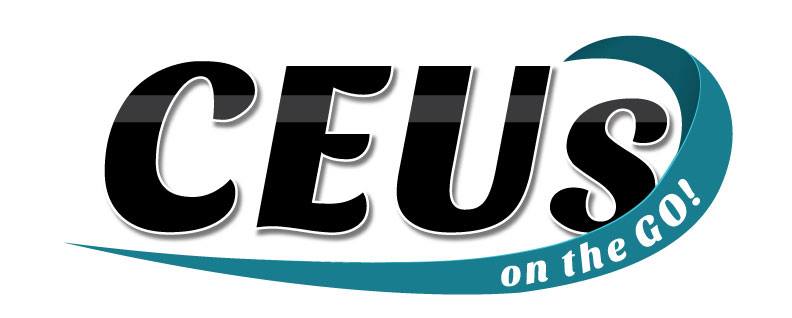CEUs: 0.25 PS
Presenter: Roberto Santiago
Presented in: Written English
Format: Instructional Article
One truism the field of linguistics has given the world is that languages change. Any introductory linguistics class includes the idea that languages are not static, but that they are ever evolving as the people and cultures they inhabit grow and evolve. While a language may have many dialects spoken by various groups of speakers, they often also have a standard variety. This standard is the variety usually taught in schools and to people learning the language. Often this standard exists as an idea more than as a reality as one may be more likely to find speakers using non-standard forms more often than standard forms in their day-to-day communication. There is a common sentiment that American Sign Language (ASL) is becoming standardized due to the influence of readily available video technology. This article will explore the amount and extent that technology and interpreters have affected the standardization of American Sign Language.
Educational Objectives:
- Participants will be able to discuss the factors that influence the standardization of any language and specific factors influencing ASL.
- Participants will be able to define common linguistic terms that are utilized in the general field of linguistics and apply them to ASL.
- Participants will be able to compare and contrast the standardization of English with the standardization of ASL.
CEUs on the GO is an Approved RID CMP Sponsor for continuing education activities. This PS program is offered for 0.25 CEUs at the “Little/None” Content Knowledge Level.
